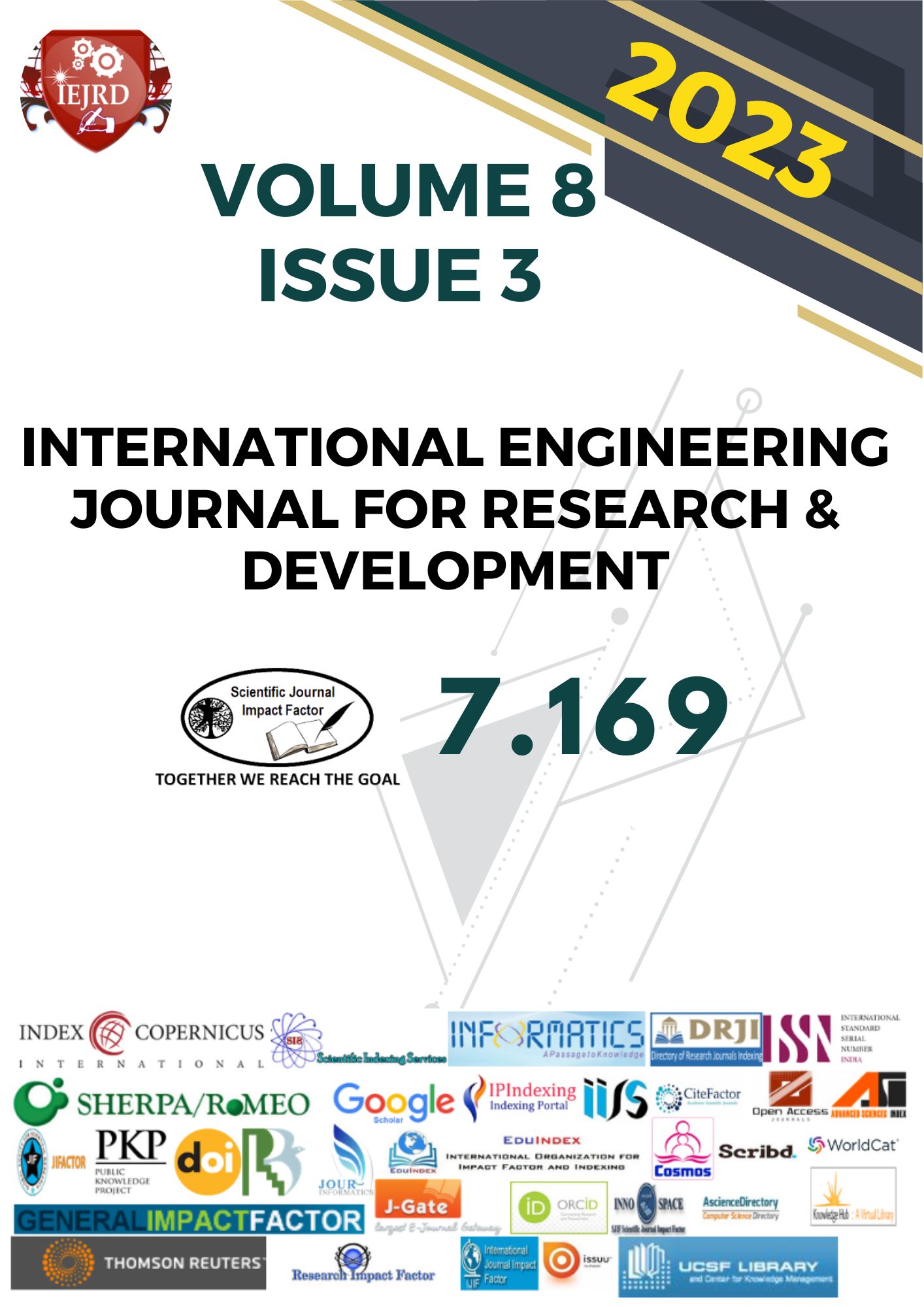WIRELESS ELECTRIC VEHICLE CHARGING SYSTEM
Keywords:
Hybrid electric vehicle, wireless charging, solar energyAbstract
This article describes the design of a solar station for hybrid electric vehicle charging, addressing major issues such as fuel and pollution. Electric cars are now on the road all over the world and their numbers are slowly increasing. In addition to their environmental benefits, electric vehicles have also been shown to help reduce travel costs by replacing gasoline with cheaper electricity. Here we have created an EV charging system that can be solved with custom solutions. This electric car charges without cables.
The system makes use of a solar panel, battery, transformer requlator circuitry, copper coils, AC to DC converter, atmega controller and LCD display to develop the system. The system demonstrates how electric vehicles can be charged while moving on the road, eliminating the need to stop for charging. Thus the system demonstrates a solar powered wireless charging system for electric vehicles that can be integrated in the road.Well here we develop an EV charging system that solves both these problems with a unique innovative solution.
Downloads
References
X. H. Sun, K. Liu and Z. Zuo, Research on China's electric vehicle subsidy policy, Technology and management.
Y. Yan, Research on Financial Subsidy Policy for Electric Vehicle Industry Development, Univ. of Beijing industry, 2012.
Peng, Z. Li, W. Zhang, and D. Qiao, “Prolonging sensor network lifetime through wireless charging,” in Proc. 31st IEEE Real-Time Syst. Symp., 2010, pp. 129–139.
C. Wang, J. Li, F. Ye, and Y. Yang, “NETWRAP: An NDN based real-time wireless recharging framework for wireless sensor networks,” IEEE Trans. Mobile Comput., vol. 13, no. 6, pp. 1283–1297, Jun. 2014.
C. Wang, J. Li, F. Ye, and Y. Yang, “A mobile data gatheringframework for wireless rechargeable sensor networks with vehicle movement costs and capacity constraints,” IEEE Trans. Comput., vol. 65, no. 8, pp. 2411–2427,Aug. 2016.
Z. Li, Y. Peng, W. Zhang, and D. Qiao, “J-RoC: A joint routing andcharging scheme to prolong sensor network lifetime,” in Proc.19th IEEE Int. Conf. Netw. Protocols, 2011, pp. 373–382.
https://www.lumenci.com/post/wireless-charging-is-the-future-of-the-electric-vehicle-industry
Downloads
Published
How to Cite
Issue
Section
License

This work is licensed under a Creative Commons Attribution-NonCommercial-NoDerivatives 4.0 International License.


















